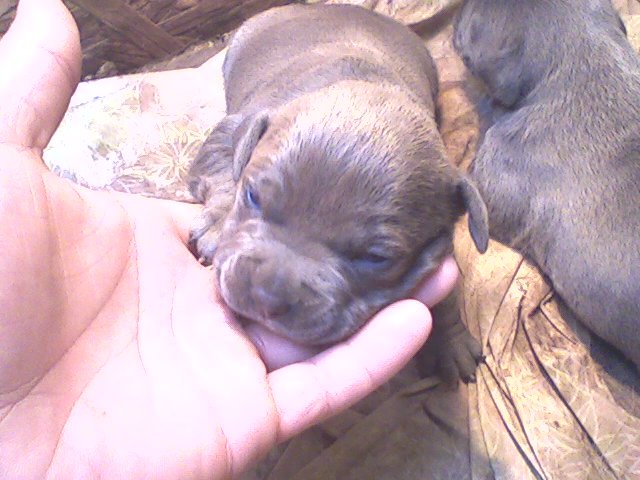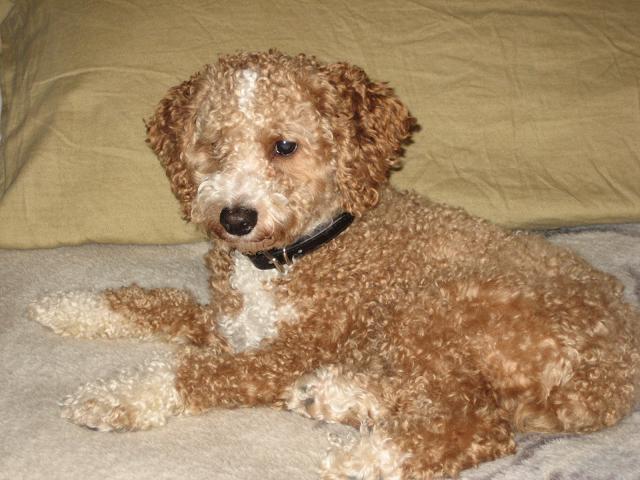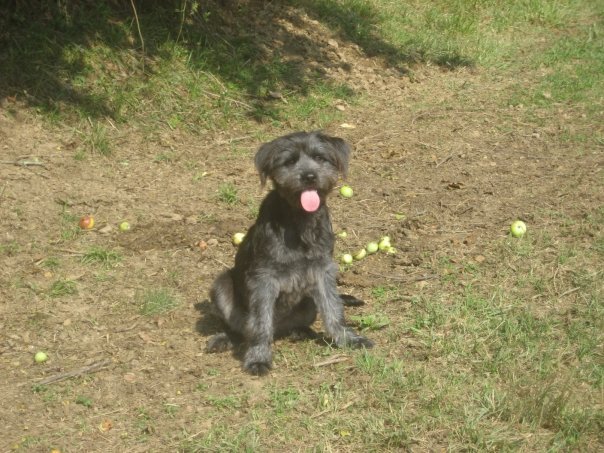QuestionWe are going to meet an 11 month old Boxer. The owner can no longer keep him and I am wondering what we can do to make the transition easier on the dog if/when we bring him home.
Answer First off, I hope all goes well with the meeting and hopefully you will have a new family member. To ensure an easy transition, it is important to give him both familiarity and structure. For example, if he is used to being indoors, keeping him outside may be a rough transition or vice versa. Basically, I advise that you be as consistant as possible with his prior situation and iniduce changes gradually. Of course, anything the dog may have been exposed to that is not good for it (rough treatment, etc.) should be avoided. But things such as food, favorite toys, activities, etc should remain consistant through the transition. Once he is comfortable in the new environment, adjustments can be made as you feel necessary. If he is used to being kenneled, especially at night, don't change that. Many owners make the mistake of letting a dog roam the house when it is not used to having that much freedom, and disaster can result. Kennels give your dog a safe and secure place to rest. If he is not being kenneled currently, I do at least suggest keeping him in a smaller area (such as in the bedroom with you) at night until you are sure he won't chew things or have accidents in your house.
Structure is critical, especially for dogs at this age. They have a lot of energy, can be heavy chewers, and need a lot of attention. Make sure he has plenty of appropriate chew items. Consider enrolling in a local reward-based obedience training course. Even if the dog already knows some basic obedience cues, I cannot stress enough the importance of training. Not only will the dog respond better to cues he knows, he will also learn to respond to you reliably, learn new cues, and build a relationship with you. A trainer can also give you tailored recommendations for your situation, based on assessment of your dog. Aside from a formal training program, home structure is also important. Set a routine for him, which may include a morning or afternoon walk and specific feeding times. Teach him something using treats or praise at home, even if it's something as simple as getting him to give you eye contact when you call his name.
You did not mention if you have other pets in the house, so I will discuss that just in case you do. If you do have other pets, introduce slowly. A good way to introduce dogs for the first time is to take them off the property on a walk together, having each dog on leash. If they are comfortable with each other, they can walk side by side. Sniffing each other is a good thing and should be encouraged. When they are comfortable out and about together, they can be introduced with supervision in the home. If they are not comfortable yet, keep them separated until they are comfortable with each other on a walk. If you happen to have cats, be aware that most cats will throw a fit for a couple weeks and hide in protest of the introduction of the new dog. Let the cat be, and usually they warm up to the dog fairly quickly.
With all transitions you can encounter a few mishaps. Remember that this is part of the transition process, and with consistancy and love he will learn how your family operates and become a well adjusted member of your family. :)

 Puppy help? does this look like a nice quality puppy?
Question
3 weeks old
im getting this blue nose puppy so
Puppy help? does this look like a nice quality puppy?
Question
3 weeks old
im getting this blue nose puppy so
 cockapoo agression
Question
Pets11.jpg
We have had our Cockapoo (Tyson) si
cockapoo agression
Question
Pets11.jpg
We have had our Cockapoo (Tyson) si
 Help with my best friend :)
Question
cash
Hello!
&
Help with my best friend :)
Question
cash
Hello!
&
 Older dog with distended stomach.
Question
Belle
Hi, my 14 year old miniature dachshund,
Older dog with distended stomach.
Question
Belle
Hi, my 14 year old miniature dachshund,
 Large dog with possible poison ivy
Question
Guero
My poor dog has led a rough life to date
Large dog with possible poison ivy
Question
Guero
My poor dog has led a rough life to date